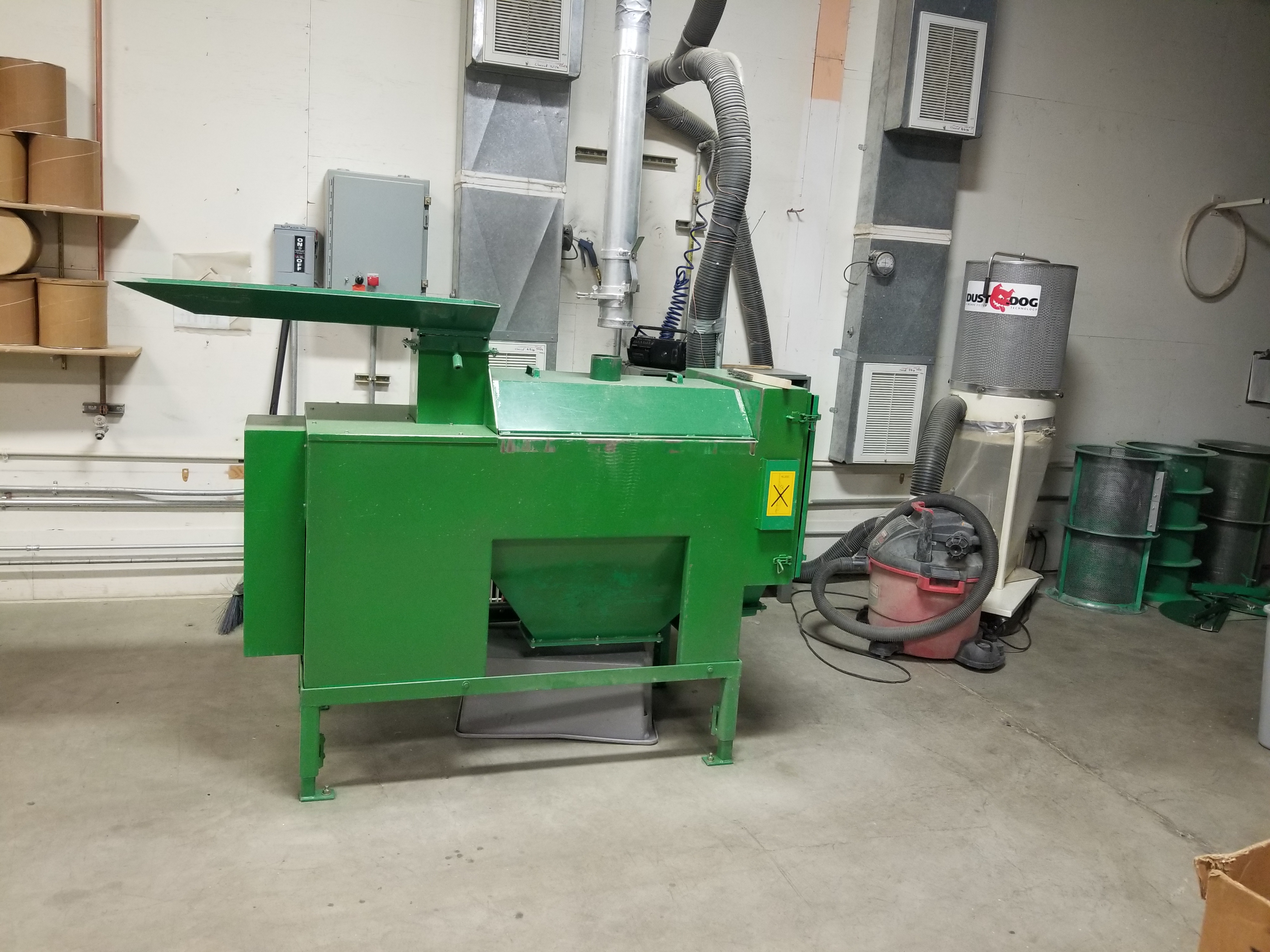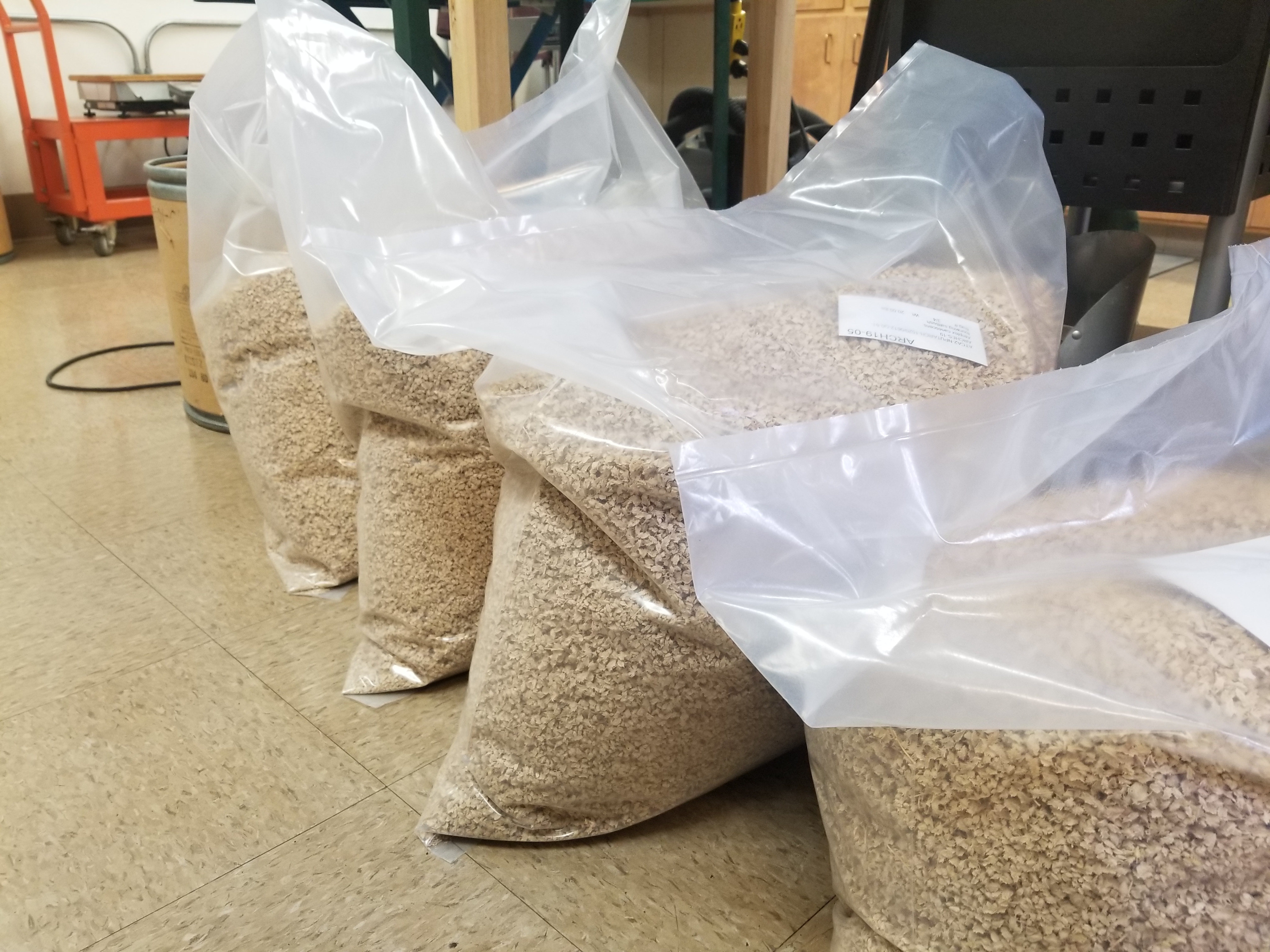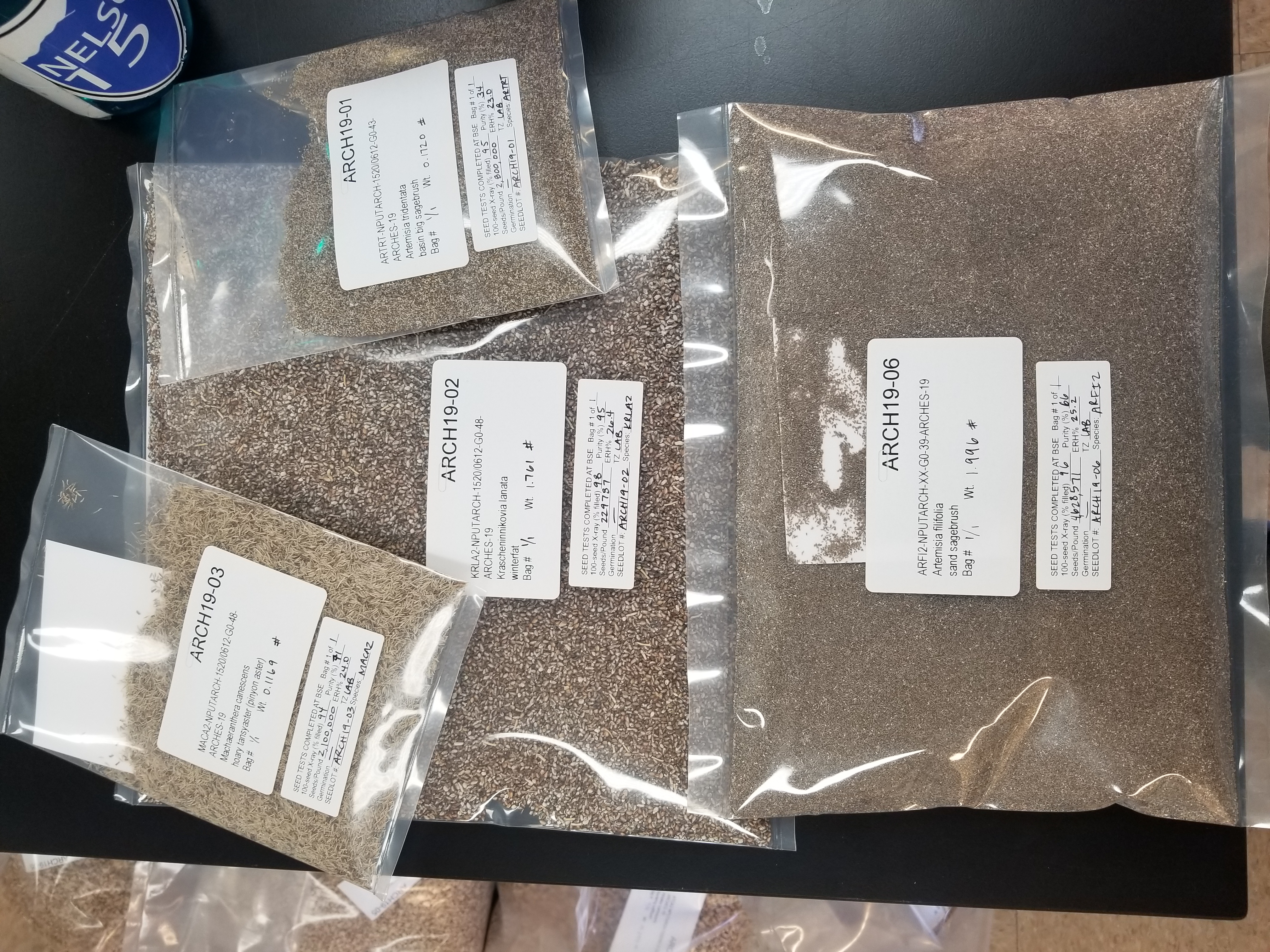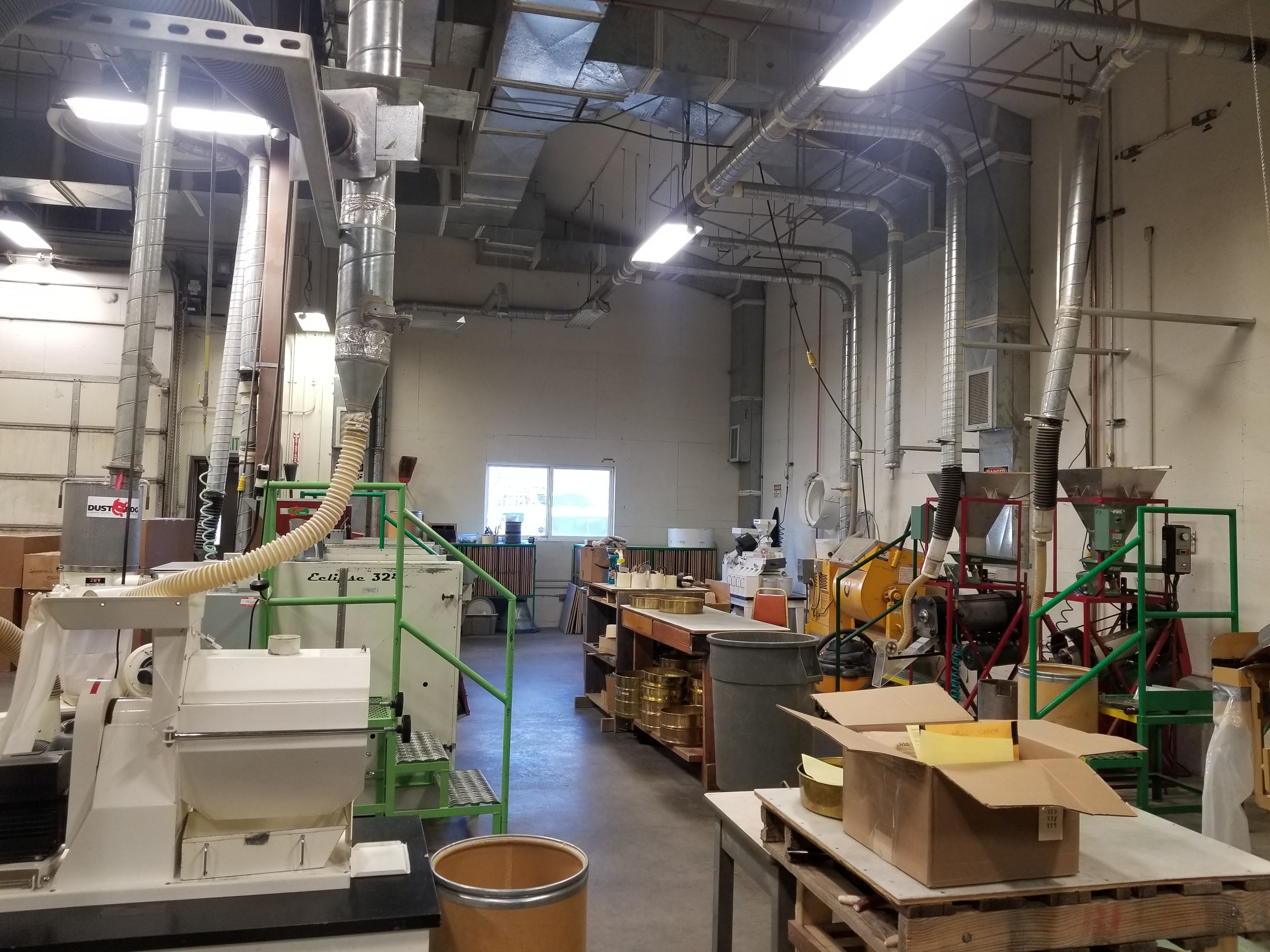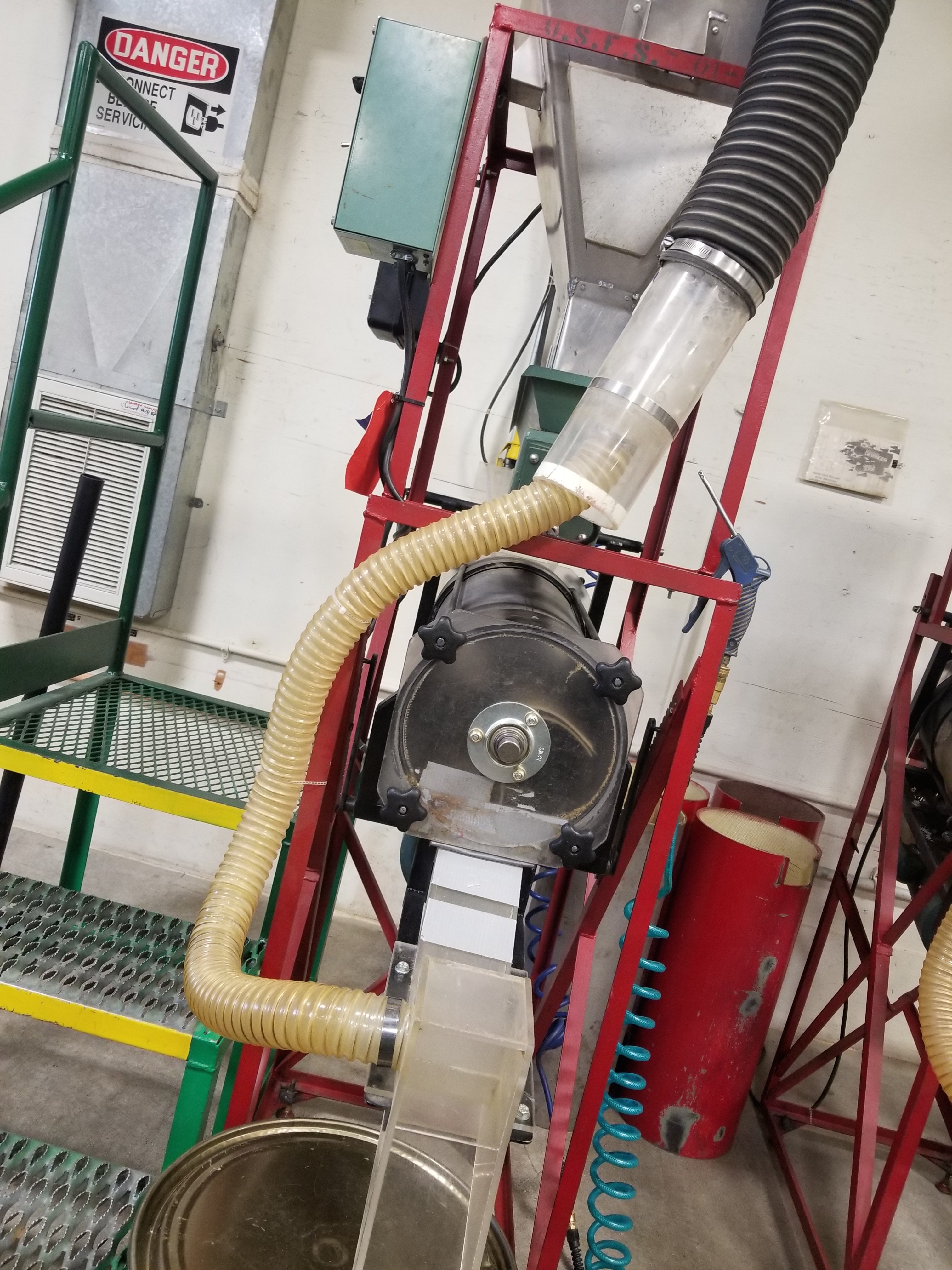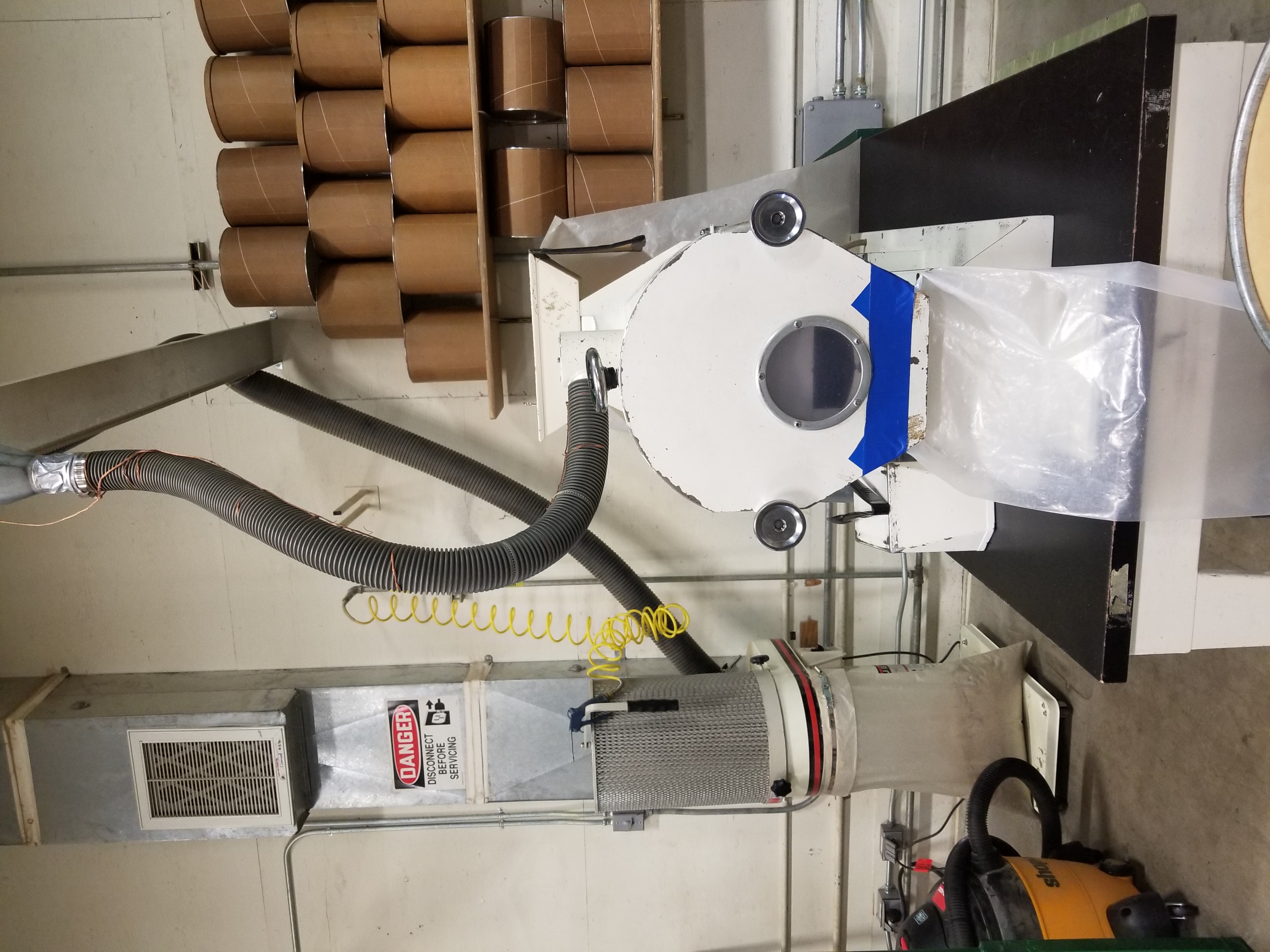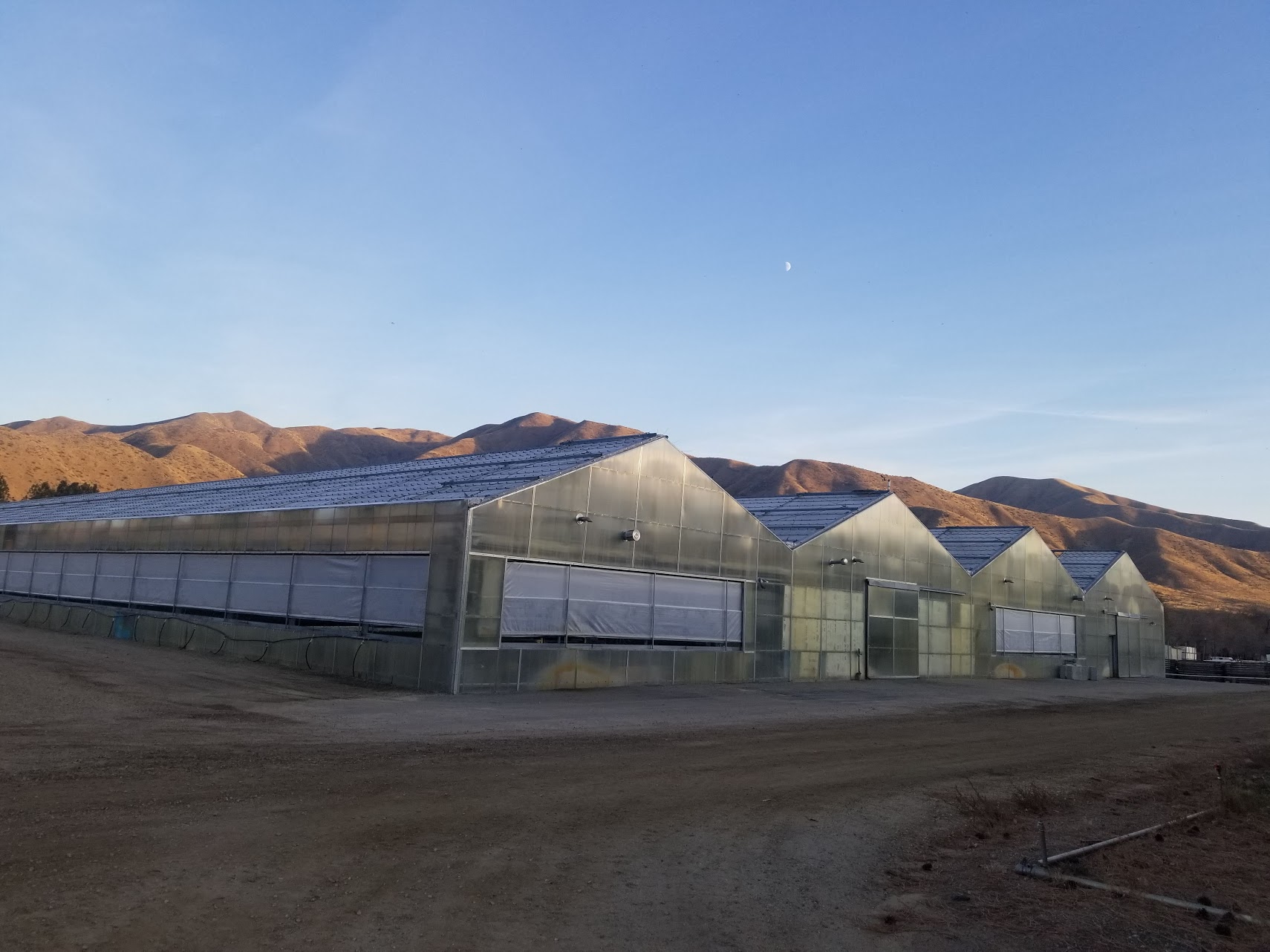My time in Bend, OR has been an amazingly fun adventure. Taking a leap of faith and moving out west all the way across the country was one of the best decisions I could have made for myself. I got to see so many different parts of the country and explore all new kinds of territory.
I think a large part of what has made my time in Bend so enjoyable is my job. I have truly enjoyed working at the Bend Seed Extractory. I have learned so much professionally and gained so many skills which pertain to the field I want to pursue. A few examples include: species identification from looking at the seed (I can’t do this with a lot of species, but I have learned a few), seed anatomy, how to process seed, and I’ve learned so much about west coast flora and fauna. Professionally, I have learned what it is like to work for the Federal Government.
My expectations for this internship were beyond exceeded. I really did not know what to expect when I moved here and started my job. To be honest, I didn’t even understand what my job was. I mean what is a “Seed Extractory”? On my first day, I went through an orientation process and learned so much new information (just on that first day!). I didn’t even know a place existed that would process seed for you. In addition, my co-workers immediately welcomed me as a part of the crew. They made OR feel like home and became more than just co-workers but my friends.
In conclusion, I have loved every part of this experience and highly recommend taking a leap of faith, moving to a foreign location and participating in the CLM program. I am excited to start my cross country road trip back home this weekend and will definitely miss my life in Bend!



